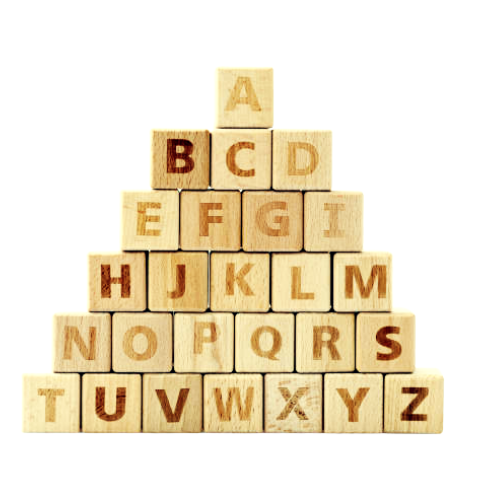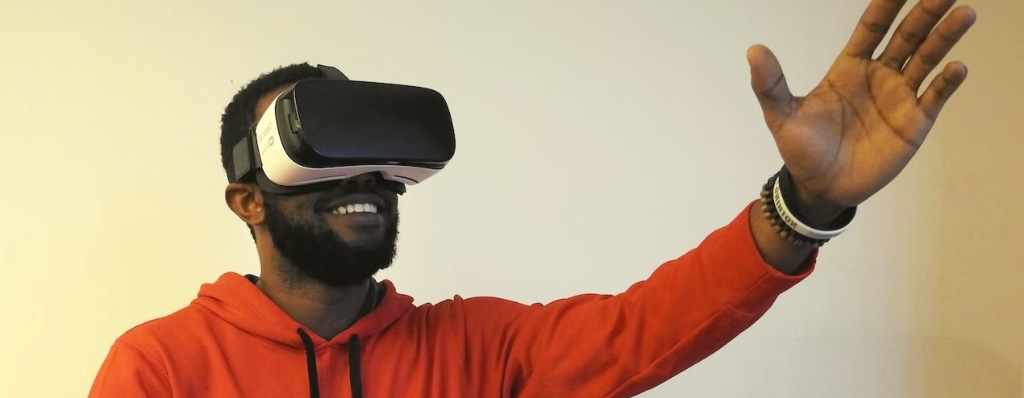Icebreakers are fun games or activities that allow participants in a meeting, training course or seminar to get to know each other quickly.
It is often difficult to get the group going at the beginning of an activity due to a lack of self-confidence, lack of knowledge of others or a lack of motivation.
In order to launch a group session with participants with different profiles, icebreaker techniques facilitate a first contact between participants by creating a climate of trust, listening, respect, benevolence and cohesion.
And when participants feel confident, they learn better.
Here are a few ideas for icebreakers to use without moderation
- What is Icebreaker all about?
- Precautions to take when choosing an icebreaker
- Idea #1: the Alphabet of Concepts
- Idea #2: the list of common words
- Idea #3: the image book
- Idea #4: the paper plane
- Idea #5: the anonymous stories
What is Icebreaker all about?
The concept of an icebreaker is quite simple to define.
Its name says it all. By icebreaker, we mean an activity whose aim is to break the ice.

Thanks to this type of training introduction, the bonds between participants are strengthened.
The atmosphere is much lighter, less formal, making any training much more attractive.
Both sides win. Participants are more comfortable individually and in groups, and trainers will see their concepts better assimilated by the participants.
The idea of the icebreaker is often considered unsuitable for the professional world, and wrongly so.
On the contrary, with an icebreaker, your training sessions will be more effective, popular and unforgettable.
Precautions to take when choosing an icebreaker
Although the concept of icebreaker has a creative and bonding scope, this does not mean that it can be implemented in any way.
In order to choose an icebreaker correctly, certain precautions need to be taken.
First of all, it is important to keep things simple. A good icebreaker is an exercise that is easy to understand and to start.
If long explanations are needed or if the rules are complex, participants will be demotivated from the start.
Secondly, one of the criteria to be pushed as much as possible is that of collective intelligence.
Common ideas will be shared in abundance, and the effectiveness of the icebreaker will be increased tenfold.
Idea #1: the Alphabet of Concepts

💁♀️ Number of participants : from 4 to 20.
⏰ Duration : about 30 minutes.
The Alphabet of Concepts is the ultimate inclusion game 🔥
The objective is to find a word related to the chosen subject, and beginning with a predefined letter. This game can be compared to french game named jeu du petit bac.
The difference is that it is limited to one word per participant at a time. It is then up to each person to present their word, explain their choice, and open up the debate to get everyone involved.
Very quickly, the title “alphabet of concepts” is understood, as the ideas and concepts put forward by the participants follow one another.
And this strengthens communication and the group’s ties.
Idea #2: the list of common words
💁♀️ Number of participants: from 20 to 100
⏰ Duration: about 10 minutes
Compared to the icebreaker exercises mentioned above, the commonality exercise requires more participants.

It needs to be a group of at least 20 people for it to be effective, but only lasts about 10 minutes so as not to cause fatigue.
From the start, divide the participants into groups of 5-10 people.
The rules are simple: each group should find as much common ground as possible, and list it at 🖊️
At the end of the count, each group publicly states its list. Please note that this is only the basic operation of this icebreaker.
You are totally free to expand it in your own way. So don’t hesitate to encourage your colleagues to find original, surprising and unpredictable common points.
The more surprising it is, the closer the groups will be.
Idea #3: the image book

💁♀️ Number of participants: from 2 to 20
⏰ Duration: about 20 minutes
From a large selection of photos, each participant has to choose the image that most represents him or her, and then explain their choice to the others.
At first glance, it might be hard to imagine that such a game would create real bonds. But it does. You have to try it to get a real idea.
Participants often surprise each other. Especially when two people have chosen the same picture and previously unknown similarities appear.
Idea #4: the paper plane
💁♀️ Number of participants: from 2 to 20
⏰ Duration : about 20 minutes
The idea of the paper plane icebreaker is extremely simple and accessible. Its main objective is to bring all participants together around the same subject.

Each participant should be standing, with enough space around them to be fully comfortable.
On a piece of paper, each person will express something related to the selected topic.
This can be a word, a drawing or a sentence.
The paper is then turned into a paper aeroplane, which is then launched across the room ✈️.
When a stop is announced by the organiser, each participant will pick up a paper plane from the floor.
In this way, everyone will read an anonymous word, and the collective debate will be opened.
Idea #5: the anonymous stories
💁♀️ Number of participants: from 4 to 15
⏰ Duration: about 10 minutes

The Anonymous Anecdotes icebreaker lasts a short time, but has great potential.
It is the ideal method for a group to get to know each other better.
It is very simple to put it into practice. Everyone has to write down an anecdote about something they have done on a piece of paper.
All the pieces of paper are then mixed together and read 📝.
The whole point of the game is to guess each time who the anecdote corresponds to. A source of surprise and fun for sure!
*******
Training sessions can often be perceived as burdensome and boring tasks by employees.
In order to ensure their participation and involvement, the use of an icebreaker at the beginning of the training is a particularly effective tactic.
Absenteeism and lack of motivation will be replaced by group discussions, surprises and laughter. Through lists of original commonalities or mystery anecdotes, the choice of icebreakers is wide.
So no more excuses, try the icebreaker experience, your teams will be all the better for it.
*******
Would you like to know more about the learning paths we create? Contact us !











